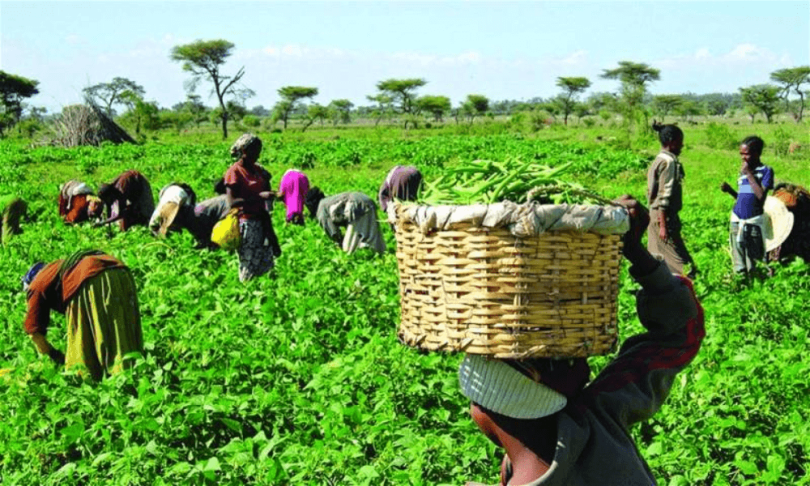Nigeria’s agricultural sector recorded steady growth during the 2025 wet season, with increased production across major food crops and a general decline in market prices, according to the latest Agricultural Performance Survey (APS) conducted by the National Agricultural Extension and Research Liaison Services (NAERLS), Ahmadu Bello University, Zaria.
The survey, released in collaboration with the Federal Ministry of Agriculture and Food Security (FMAFS) and 22 partner agencies, showed that rice, maize, sorghum, millet, cowpea, yam, and cassava all posted higher outputs compared to 2024.
“The 2025 APS confirms steady growth in Nigerian agriculture, driven by expanded cultivated areas, improved practices, and farmer resilience across major producing states”, said Yusuf Sani Ahmad, Executive Director, NAERLS.
The study also found that food prices fell sharply across all six geopolitical zones, with maize, rice, and sorghum prices dropping by more than 50 percent nationally, reflecting improved food availability.
However, the sector continues to face challenges from climate shocks, flooding, and rising input costs. Fertiliser prices rose by nearly 20% on average, while floods in Niger, Jigawa, and several Southern States destroyed crops and infrastructure.
Despite these setbacks, the report highlights improved mechanisation data, with over 1,600 functional tractors recorded nationwide and new datasets from a Farm Family Census and Tractor Census introduced to enhance planning.
The livestock and fisheries sub-sectors showed mixed performance. Poultry and pig farmers faced outbreaks of Newcastle Disease and African Swine Fever, while fish production fell in some northern zones due to insecurity and flooding.
In his remarks during the report presentation, Abubakar Kyari, Minister of Agriculture and Food Security, said the findings would help the government refine its policies to boost food and nutrition security.
“This report provides the evidence base we need to plan smarter, support our farmers better, and achieve national food sufficiency”, the minister stated.
According to the minister, the 2025 APS recorded increased production of rice, maize, sorghum, millet, cowpea, yam, and cassava compared to 2024 levels, alongside a “significant drop in food prices across all zones.” He attributed the improvement to cumulative government efforts in boosting input supply, mechanisation, and farmer support systems, despite challenges such as erratic rainfall, flooding, and pest outbreaks.
Kyari, however, cautioned that rising input costs, particularly for fertiliser and fuel, as well as uneven mechanisation coverage and persistent postharvest losses, remain serious constraints to productivity.
He also highlighted livestock disease outbreaks and a decline in fisheries production in some regions as areas requiring urgent intervention.
“The APS findings present both encouraging progress and critical challenges,” the Minister said. “As a Ministry, we view these findings not merely as statistics but as a compass for future action.”
The report concluded with key recommendations, including the institutionalisation of a Dry Season Agricultural Survey, scaling up climate-smart agriculture, ensuring affordable farm inputs, expanding mechanisation, and strengthening extension and veterinary systems.
“Nigeria’s farmers have shown remarkable resilience,” Ahmad added. “Our task now is to build on these gains and make agriculture more adaptive, efficient, and data-driven.”

